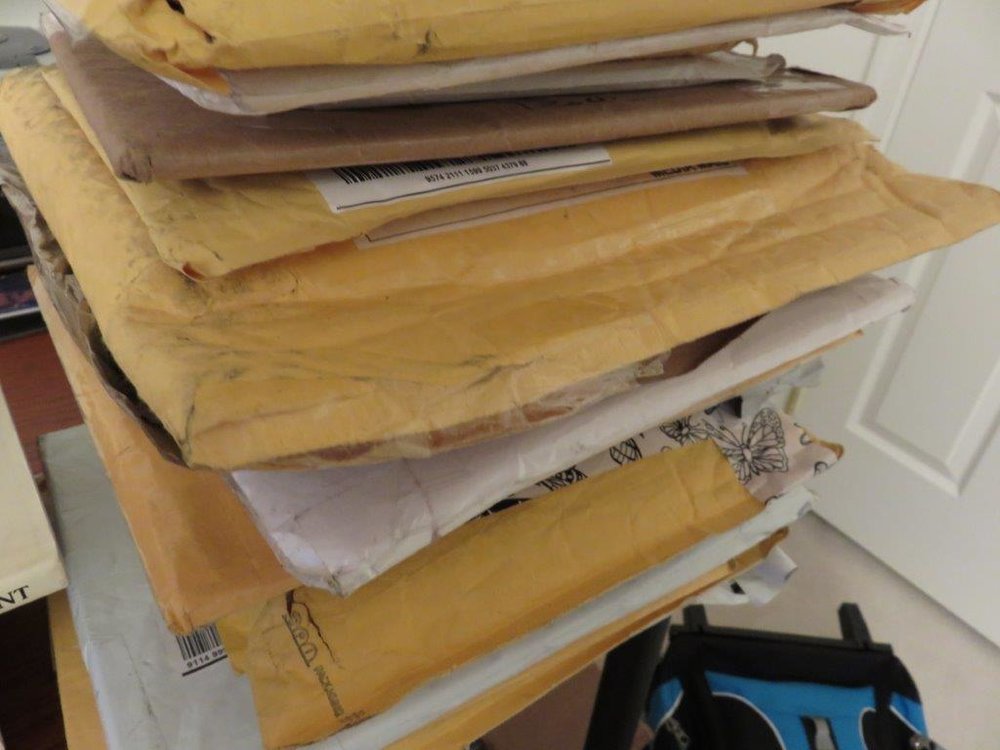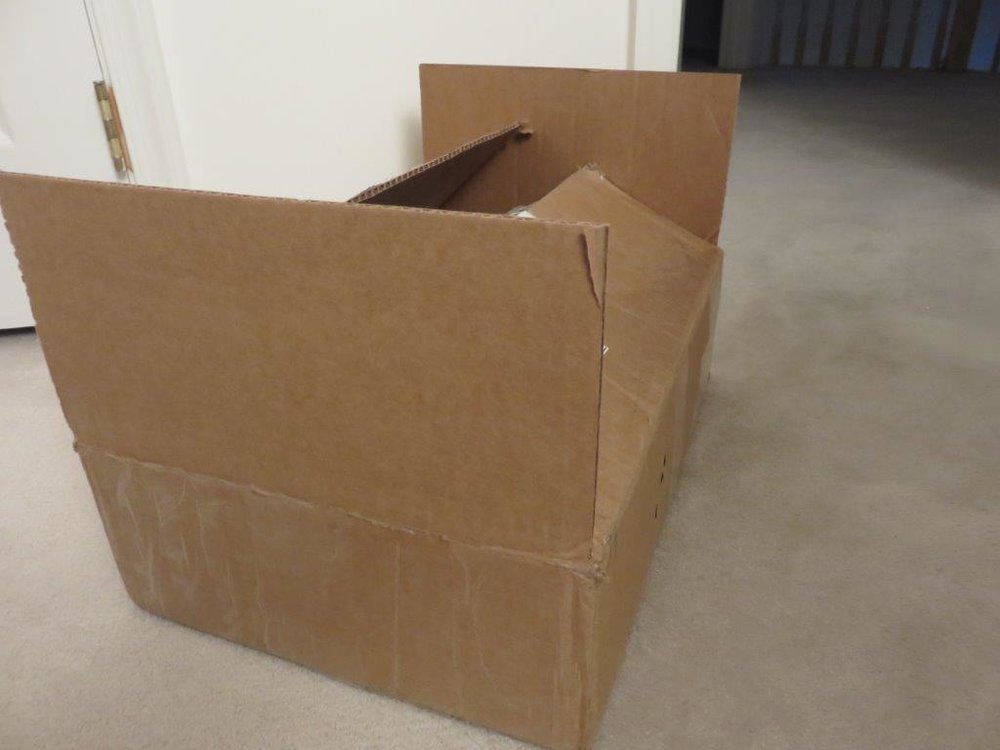Sustainability - Attention to Packaging
/Last month I posted about reusable bags which is certainly a way of reducing ‘packaging’ of plastic bags provided by stores (grocery and otherwise). But what about all the other packaging that usually ends up in the trash or recycling such as envelopes (paper, paper bonded to bubblewrap, filament reinforced paper, heavy plastic), cereal boxes, non-recyclable plastic (in our area: plastic clamshell packaging and stiffer plastic bags), cardboard, plastic/glass bottles/jars or egg cartons.
 My first line strategy is to purchase items in packaging that I can reuse. For example - buying spaghetti and salsa in glass jars that I can reuse for left overs (my goal is to gradually reduce my use of plastic to store leftovers). Of course - this only works up to the point that I have enough containers. I also reuse the large padded envelopes although I receive more than I can reuse. I am also saving the padded envelopes for packing away things like Christmas ornaments. I am saving clamshell type bins that I am buying salad in now at the grocery for storing greens I get from the CSA next summer; they’ll keep the refrigerator bins neat and hold the moisture around the greens better than putting them directly into the crisper.
My first line strategy is to purchase items in packaging that I can reuse. For example - buying spaghetti and salsa in glass jars that I can reuse for left overs (my goal is to gradually reduce my use of plastic to store leftovers). Of course - this only works up to the point that I have enough containers. I also reuse the large padded envelopes although I receive more than I can reuse. I am also saving the padded envelopes for packing away things like Christmas ornaments. I am saving clamshell type bins that I am buying salad in now at the grocery for storing greens I get from the CSA next summer; they’ll keep the refrigerator bins neat and hold the moisture around the greens better than putting them directly into the crisper.
 Recycling is the second line strategy. Sometimes this feeds into my decision of which product to buy. For example - the organic eggs in my grocery come in pulp paper cartons that can be recycled while the others come in non-recyclable Styrofoam. I probably would buy the organic eggs anyway but the packaging issue clinches the purchase. I’ve also become very aware of the types of plastic bags and film that can be taken back to the grocery store for recycling; it takes longer to accumulate since I use my own bags when shopping but there other similar plastics like dry cleaner bags and newspaper sleeves to collect and recycle.
Recycling is the second line strategy. Sometimes this feeds into my decision of which product to buy. For example - the organic eggs in my grocery come in pulp paper cartons that can be recycled while the others come in non-recyclable Styrofoam. I probably would buy the organic eggs anyway but the packaging issue clinches the purchase. I’ve also become very aware of the types of plastic bags and film that can be taken back to the grocery store for recycling; it takes longer to accumulate since I use my own bags when shopping but there other similar plastics like dry cleaner bags and newspaper sleeves to collect and recycle.
There is still packaging that goes directly into the trash: messy plastic (meats, frozen foods, veggies) that cannot be recycled (because they are messy or because of the type of plastic). I don’t know how to avoid that until the stores provide some other kind of packaging. It is clearly not sustainable for us to continue this type of packaging indefinitely.
In the end - the options we have to move toward more sustainability when it comes to packaging are primarily to increase reuse and recycling as much as possible by making choices when we shop…and being very aware of packaging that can be recycled in our community or back to the store (particularly grocery stores).
What is the next step from the reuse and recycle strategy? I'm beginning to think about it. There is too much packaging that is unavoidable today - from bottles of salad dressing to cardboard centers to toilet paper rolls. We need innovation in packaging as much as we do in actual products!
My other sustainability posts:
Reusable bags vs single use plastic bags

























